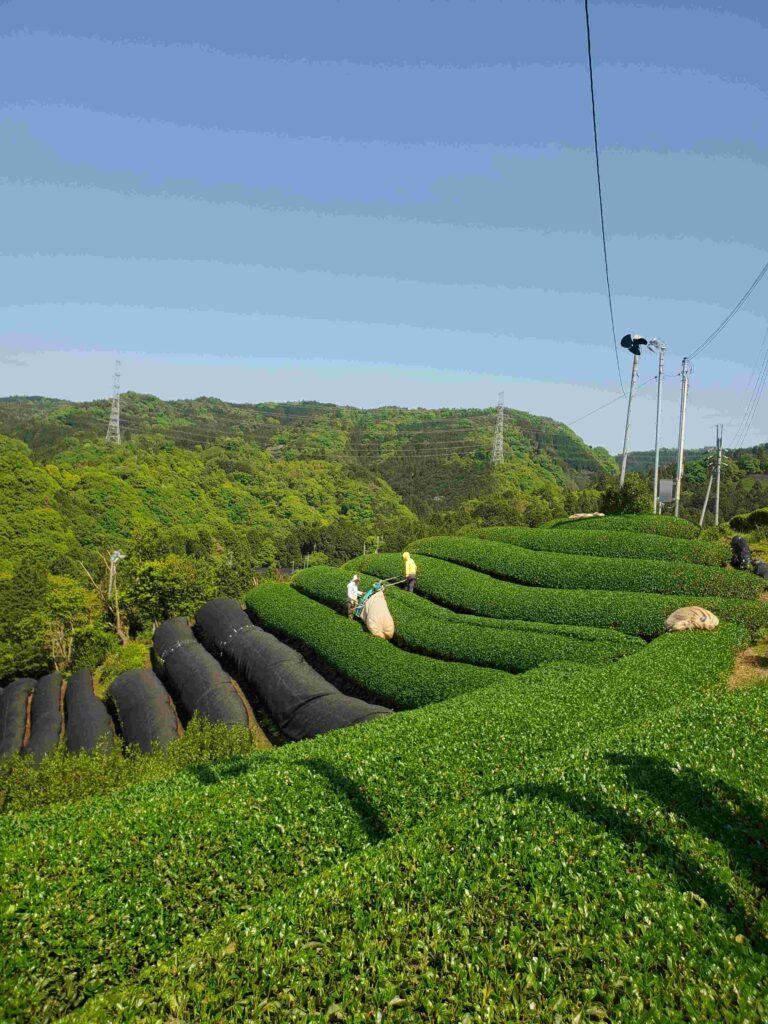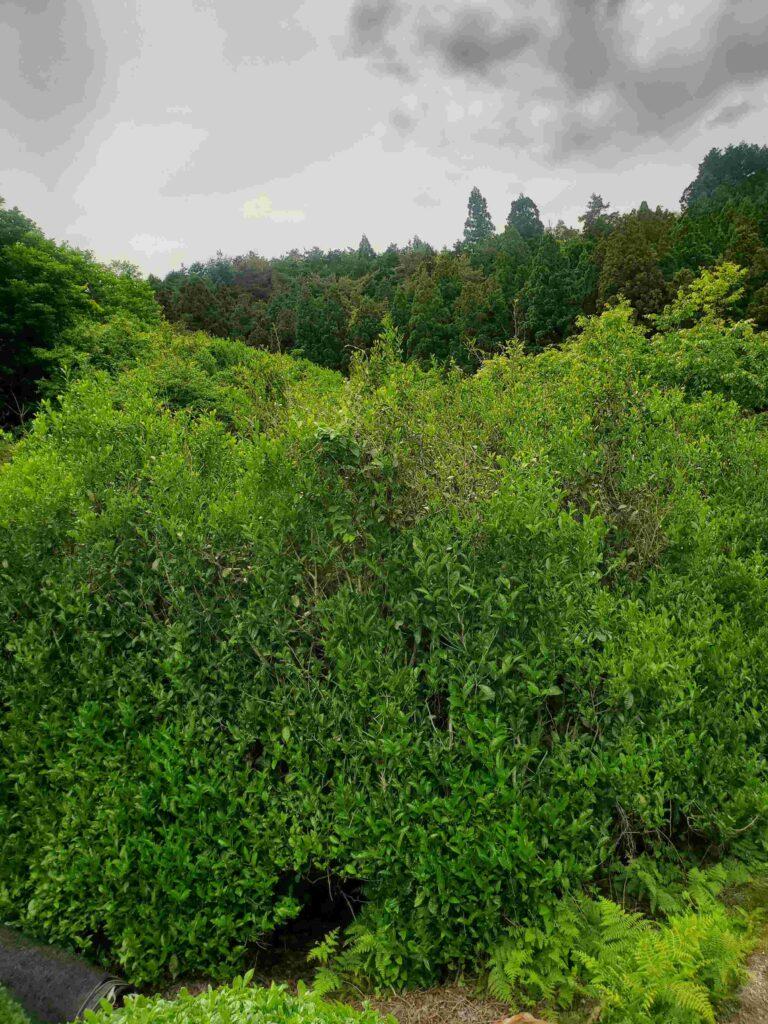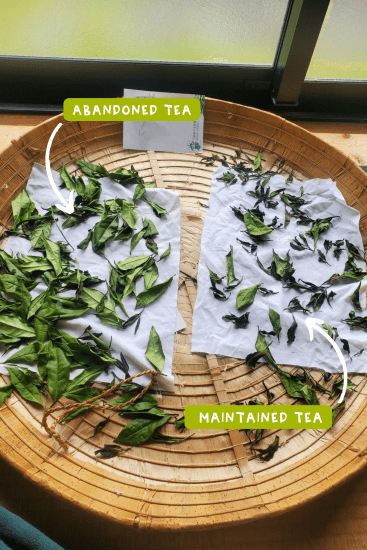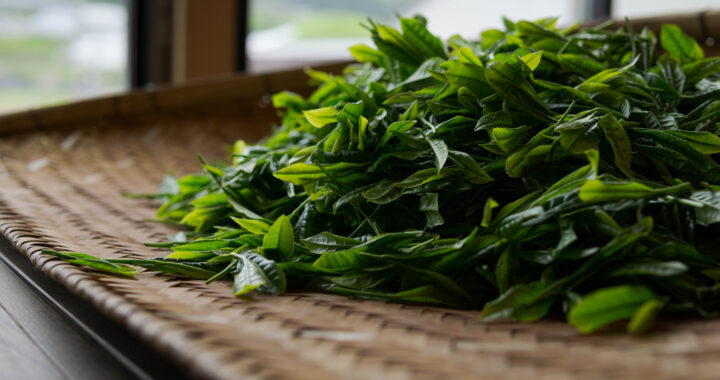What is the difference between Abandoned tea and maintained tea? Why is there abandoned tea, and what does it take to maintain it?
Hello! I’m Jordan, intern #172!
Here’s why I am interested in abandoned vs. maintained tea fields. It all started on an Obubu tea tour, where I noticed some overgrown tea bushes, more like tea trees, over 6 feet tall. When I asked why they were like that, I was told they were abandoned. This piqued my interest, and the more I looked, the more abandoned tea fields I discovered.
My curiosity led me to try raw tea leaves from abandoned and maintained fields. The abandoned one was much more bitter and tough. Because of this, I decided to make tea using leaves from both abandoned and maintained fields to compare and see the differences.
In this blog post, you will read about my findings!
Maintained tea fields:
Tea is maintained year-round by a dedicated tea farmer who nurtures and cares for the plants. The farmer understands the specific needs of the tea plants and provides an ideal environment for tea growth, ensuring the health and vitality of the plants. The leaves from these bushes are younger and more tender as well. Most maintained tea plants are kept at hip height, making harvesting and caring for them easier. Like this:

Abandoned tea fields:
Why are there abandoned tea fields in Japan? There are many reasons, but one of the main ones is the aging population of tea farmers. In 2010, research was conducted to determine the average age of a tea farmer in Japan, and it was found to be 67 years old. Traditionally, tea farms were passed down through generations. However, many tea fields are being abandoned due to the aging population and younger family members not wanting to take over the farms. When left unattended, The leaves are larger and more mature, which can increase the levels of tannins and other compounds. Abandoned tea plants can grow tall, resembling trees. Like this:

There are many abandoned tea fields all around Japan. While it’s sad to see these fields go unattended, it also highlights the hard work and dedication of tea farmers who maintain their tea plants. Their efforts ensure the health and quality of the tea we enjoy. Thank you, tea farmers!
Processing method:
First, I picked up tea leaves from an abandoned Bush and a maintained Bush in the same tea field. Next, I put both sets of leaves on a bamboo Basket, where I let the tea wither in sunlight for 3 days. The abandoned tea took longer to wither 3 days and the maintained was wither by day. After that, I pan-fried them to achieve 5% moisture.

Flavor:
The Maintained tea leaves were more flavorful, with smokey apricot-like notes.
The abandoned tea leaves had more metallic and earthy notes.


Why does it have different flavors if I processed it the same way and it’s the same from the same field?
Abandoned tea plants must protect themselves against pests, diseases, and environmental stresses. As a result, they produce higher levels of certain compounds to protect themselves. One is caffeine, which acts as a natural pesticide, deterring insects. Another one is catechins, which are antioxidants that help protect plants. Higher levels of certain catechins can contribute to a more bitter and astringent taste. Both of them can make the tea more bitter and astringent.
Meanwhile, maintained tea benefits from farmer protection through the use of pesticides and fertilizers, leading to lower levels of protective compounds and a sweeter, more complex flavor profile.
Both teas were amazing and very good white tea, and I enjoyed making them and doing my project. I realized that although the two may be a little bit different, they’re very similar. Please explore tea and try new things—Jordan.

